The legacy of Metroid Prime speaks for itself, having been elected one of the best games of all time on numerous occasions. It led to a renaissance of Metroid titles between the years of 2002 and 2007, with a well renowned trilogy under its belt. Unfortunately, the series went into a hiatus, the second in its storied history, which has led many newer gamers not realising the impact these games had. With 2017’s announcement of Metroid Prime 4 though, another chance was upon us, and now Nintendo has gone and remastered Metroid Prime for a new generation to experience. Buckle up, this is not just another chapter in that history.

Metroid Prime Remastered
Nintendo Switch
Developed by Retro Studios
Published by Nintendo
Released: 9th February 2023/3rd March 2023
Digital copy provided by Nintendo UK
Metroid Prime tells a unique story within the continuity, being a side-series to the main numbered entries. Samus Aran discovers a distress signal coming from a vessel in orbit of the planet Tallon IV and goes to investigate. Upon discovering it was a Space Pirate frigate housing the resurrected form of her nemesis Ridley, she makes chase towards the planet only to discover a larger scheme. The Pirates have been harvesting a radioactive substance known as Phazon, which has unique properties when applied to various creatures in controlled doses. It’s up to Samus alone to put a stop to their plans, or else the galaxy will be in extreme danger.
If you’ve been around the roost long enough, it’s extremely evident of the title’s many accolades. Whilst there was concern, and even criticism, of the choice to make the game first person prior to its 2002 release, the general consensus is that it is an excellent game, even today. It has stood the test of time wonderfully, as there are many other games like it nowadays, with slower paced, brooding atmospheres being much more appreciated in today’s age than it was back in the early 2000’s. Metroid has been something of a trendsetter, with both its 2D and 3D outings having great influence on the industry. Granted, it’s not entirely perfect.

With this new remaster, nothing has been done to tamper with the overall game’s design, for better or worse. It still follows the same progression with the same beats along the way. If it’s your first time through, do expect to hit a wall from time to time, requiring you backtrack rather clumsily to the next intended location, only to repeat those steps again to make it back to where you were just moments ago. The less spoken about the Chozo Artifact hunt, the better, as it leads to a late-game fetch quest that is required to enter the final area. Rest assured, the devs had figured it out by their second game, though that was also nearly 20 years ago too. Even though the game shows its weaknesses in the modern day—especially now that we’ve had other titles develop the formula better—it’s not remotely close to a bad game.
The level of detail the original had is also absurd. There are vast amounts of elements that add a sense of immersion which had never been seen before in the Metroid franchise at the time. The HUD is full of elements that give the impression that your suit really is a tool, as well as a tangible object. Health and ammo counts are effectively suit functions, as well as danger sensors, a radar, and map. Your visor also reacts to the world around it, fogging up in steam, having rain droplets flow down it and if too close to an exploding critter, being splattered with alien viscera. All of these details, and more, have been preserved faithfully in this remaster, and enhanced
The visuals have been radically spruced up since the original release 20 years ago, all while still maintaining the original art style. It looks as if the game had only just been released in 2023 but with the same visual direction as it had in 2002. This is a very impressive feat, as some remasters end up losing the visual identity in the process, or even readability, making it harder to pick out certain objects. Fortunately, that is not the case here and everything is as clear as it always has been. Such devotion to maintaining the original aesthetic, whilst also significantly upgrading it, should be applauded.

There are some nice visual touches scattered across the game that weren’t present in the original, showing a high level for attention to detail. Rain will interact appropriately with your arm cannon depending on whether you’re pointing it up or down, glass elements now have a distinct surface texture to them. Sparks will fly off hard surfaces if the Morph Ball scrapes against them. Lighting effects have been drastically improved, with a new implementation added, making certain scenes pop out like never before. They’ve been very careful to make sure that any new graphical changes don’t interfere with visibility, so you won’t be seeing excessive bloom making things harder to see.
There hasn’t been any major gameplay changes for the remaster, as everything plays identically to the original except for a few fringe cases. Samus’ arm cannon now functions more like how it did in Metroid Prime Hunters, with a quick burst of fire when holding down the button before it starts charging. This allows for much easier rapid fire, as you don’t need to jab the fire button nearly as quickly to still get plenty of beam shots off. Outside of this, the biggest gameplay changes come from the controls.
There are now four control schemes present, offering something different between them. The default setup is dual-stick, playing the most like a modern FPS game, which actually works extremely well in modernising the game. From there we have the pointer option, playing the most like the Trilogy collection on Wii. Classic style mimics the original Gamecube version’s tank-like controls, for anyone looking for a dash of nostalgia. Lastly, there is a hybrid of classic style with gyro aiming, which adds motion enabled aiming to the dedicated aim button. Beyond that, there are various other control options, such as swapping the beam and visor selections, aim sensitivity and motion sensitivity, to name a few.

The pointer control option leaves a lot to be desired, being fairly imprecise compared to Prime 3 and the Trilogy collection. This is because it uses the gyroscope to track the reticle on screen, rather than the infrared sensor provided by the Wii Remote and Sensor Bar on the prior releases. While R and ZR recalibrate the reticle to the centre of the screen, you will be doing far too frequently to make this a comfortable control scheme. The hybrid option actually works well with this, as it only activates when you choose to enter the classic aiming mode instead of at all times.
There are a plethora of new accessibility options at your disposal, allowing for colour blindness adjustments and removing hud animations to reduce motion sickness. This is a fantastic option, granting playability to anyone with various levels of colour blindness an opportunity to not miss out.
Load times across the board have been drastically lowered. One trick the original Gamecube release used to mask loading times was to start loading rooms beyond the one you’re inside behind the scenes. Doors acted as gates, hiding unloaded areas behind them and only opening once the next room has been loaded in the background. This sometimes led to doors opening after a second or two, depending on how large the next room was. But now, doors open near instantly, making transitions between rooms almost seamless. This speeds up the general flow of the game, as there are much, much fewer times that you’re forced to stop and wait now.

The resolution has been boosted to 900p docked and 610p in portable, however, thanks to the clever lighting tricks new to this release, it rarely ever looks rough on the edges.Considering the original game was stuck at a maximum of 480p, it’s leaps and bounds better. The frame rate of 60fps of the original is also intact and runs flawlessly. If there ever were any drops, I’d be hard pressed to even notice them as they would’ve been so insignificant that they didn’t impact the gameplay in any manner.
It should be noted that the developers chose not to adopt many modern quality of life features, sticking its guns to the classic design philosophies. There are no autosaves, for example, so any untimely deaths will take you straight back to the last save point and lose any progress you had made since then. Camera controls when in the third-person Morph Ball mode are also absent, which would have made things much smoother to navigate. Otherwise, if you keep certain things in mind, it is still a very well crafted experience that ages extremely well.
One major concern that you’ve no doubt heard of is the lack of credit given to the original development team, which is very disappointing. They simply get a single “original development team” acknowledgement in the end credits with no further elaboration. I can understand not wanting to interfere with the credit scroll timing, but there are ways to get around this. Other remasters have added new segments to the credits before, or included them in a credits section in the start menu, so it’s not impossible to have them featured. While the efforts of the new team in remastering the game are thoroughly well deserved, proper acknowledgement for the team that made the game in the first place should have been included.

Metroid Prime Remastered is a first class example of how to bring a classic game back to the modern era. Nothing has been lost in the transition and everything has been enhanced without losing sight of the original vision. It is also a significant step up from just a simple port, with a vast increase in fidelity when compared to its twenty year old source material. Not only that, but it is fairly priced, coming in at less than expected for a full-on remaster. With the opportunity to show new audiences what all the fuss was about, as well as a primer (pun intended) for the upcoming Metroid Prime 4, this has come at a wonderful time.
Final rating – 4.5 out of 5
Metroid Prime Remastered is available now for Nintendo Switch.
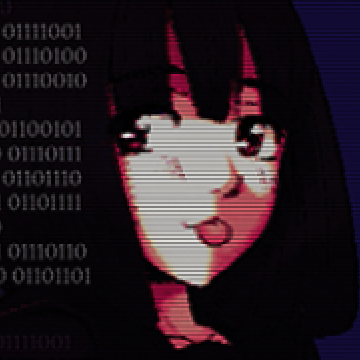
Long time fan of Nintendo and games in general, I always lean on the quirkier and unique sides of things in particular. It all started when I was lucky enough to get a Gameboy Color and Pokemon Yellow for my tenth birthday and it’s been going strong ever since. I’ve always had a need to get my voice heard and share anything I find interesting with the world.





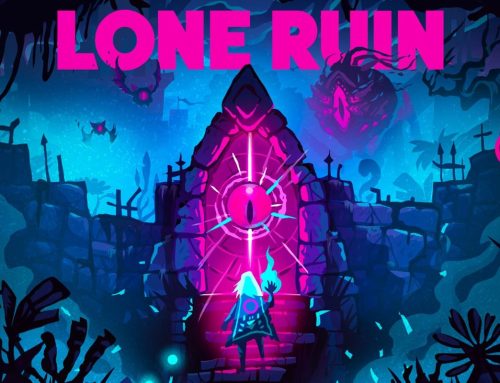

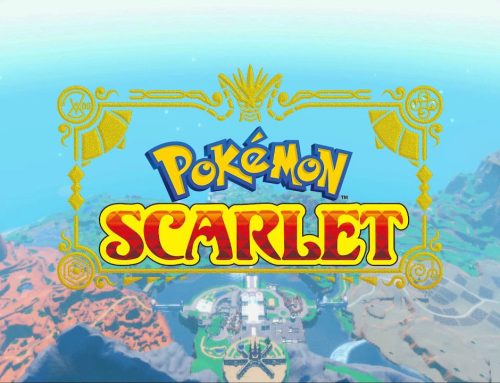
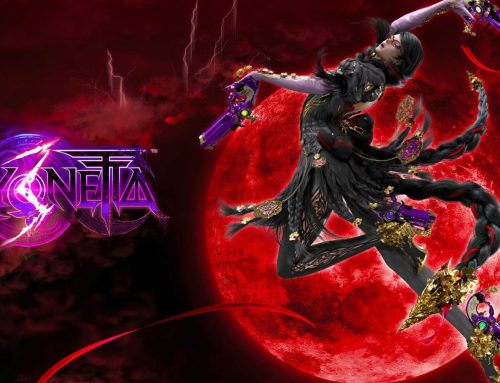
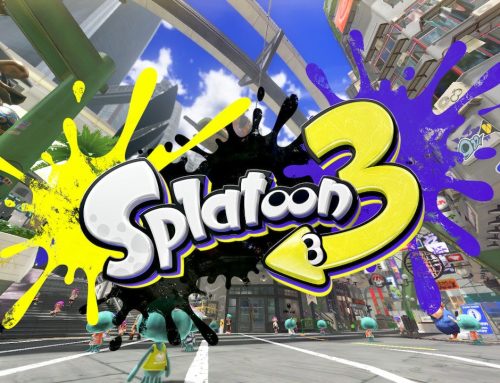


Leave A Comment
You must be logged in to post a comment.